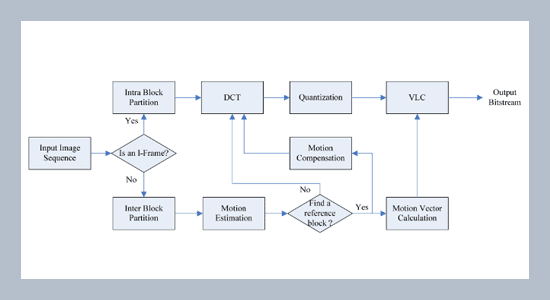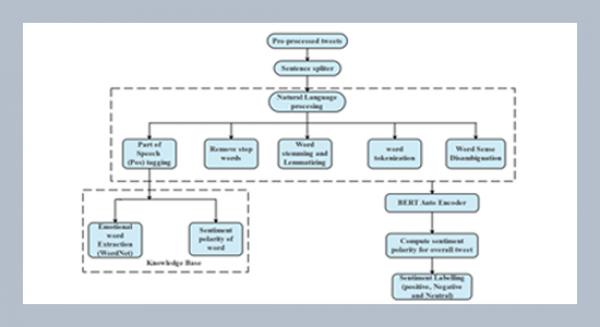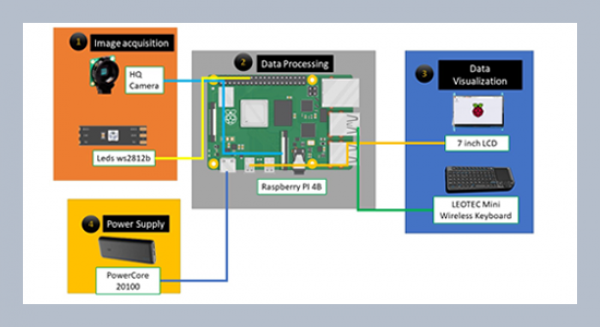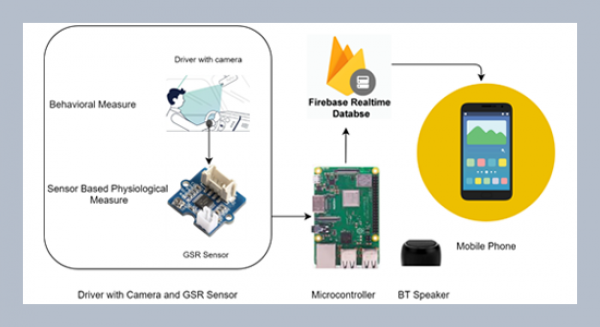Cheng-Hsiung Hsieh1, Chen-Wei Fu and Wei-Lung Hung Department of Computer Science and Information Engineering Chaoyang University of Technology, Wufong, Taichung County 41349, Taiwan, R.O.C.
Download Citation:
|
Download PDF
This paper presents a simple but effective approach to improve the performance of MPEG-2. This study is motivated by (i) the energy compaction property in DCT and (ii) the property of human visual system. Both (i) and (ii) indicate that low-frequency coefficients are more important than others in the DCT transformed blocks. Moreover, the quantized transformed coefficients in high-frequency region are zero or approximate zero in general. Those coefficients contribute nothing or little to PSNR and may waste some bit rate in the MPEG-2. Therefore, the zonal coding scheme is applied to the MPEG-2 where some high-frequency coefficients are discarded. The proposed approach is called zonal MPEG-2 which is totally compatible with the traditional MPEG-2. The zonal MPEG-2 is verified by examples and shown to be able to significantly reduce the bit rate with acceptable perceptual quality degradation when compared with the traditional MPEG-2.ABSTRACT
Keywords:
Zonal Coding; MPEG-2; Bit RateReduction.
Share this article with your colleagues
REFERENCES
ARTICLE INFORMATION
Accepted:
2007-10-30
Available Online:
2007-12-01
Hsieh, C.-H., Fu, C.-W., Hung, W.-L. 2007. Zonal MPEG-2. International Journal of Applied Science and Engineering, 5, 159–171. https://doi.org/10.6703/IJASE.2007.5(2).151
Cite this article:















